We may earn money or products from the companies mentioned in this post. This means if you click on the link and purchase the item, I will receive a small commission at no extra cost to you ... you're just helping re-supply our family's travel fund.
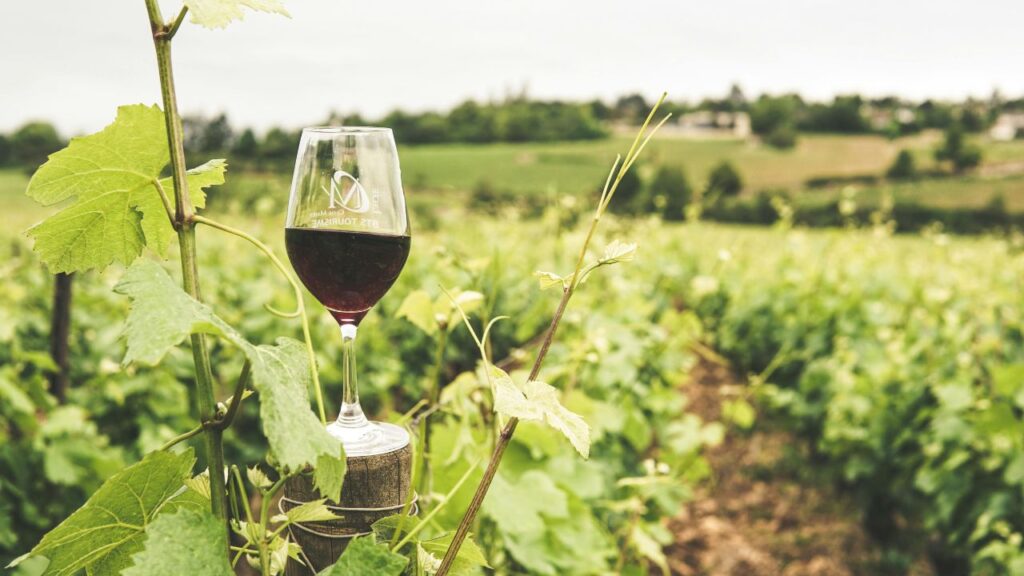
Wine lovers seeking scenic vineyards and world-class tastings don’t need to limit their adventures to one region. These 11 countries stand out not just for the volume of wine they produce but also for the rich culture, landscape, and heritage behind every bottle. From historic cellars in France to the sun-soaked valleys of Chile, these destinations promise both palate-pleasing pours and unforgettable travel memories. Whether you’re a casual sipper or seasoned sommelier, these wine regions offer the ultimate oenophile experiences across the globe.
1. France
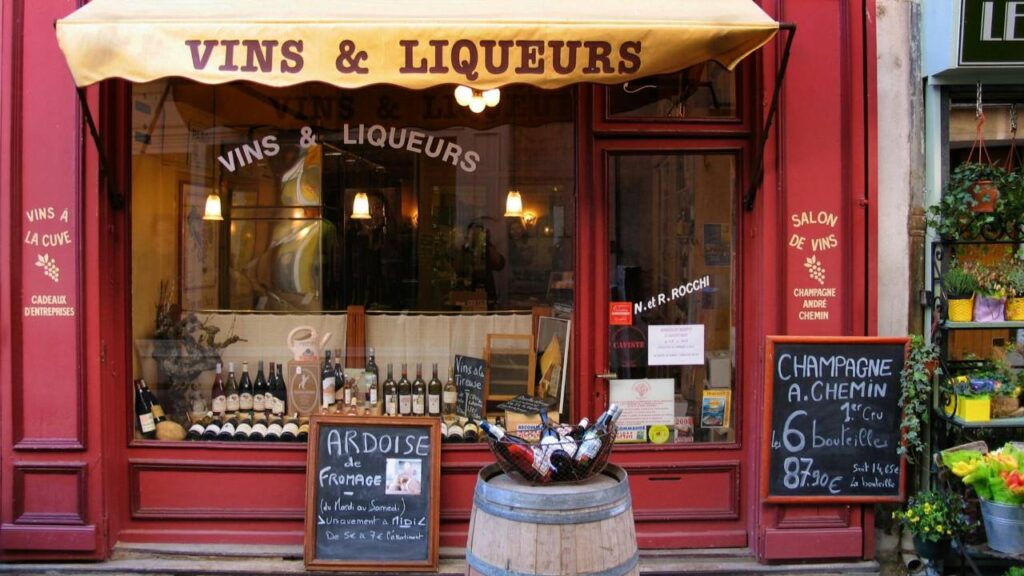
France leads the world in wine production, accounting for 20.2% of the global output in 2023. With iconic regions like Bordeaux, Burgundy, and Champagne, the country is synonymous with legendary vintages and traditional winemaking. France is home to over 87,000 wineries, producing everything from pinot noir and merlot to sparkling Crémants. Its diversity in terroir and strict appellation system ensures that French wines remain benchmarks for quality and character.
2. Italy

Italy follows closely, contributing 16.10% to the world’s wine supply. Its rich vinicultural history spans 20 regions, each offering unique grape varietals. From Tuscany’s Chianti to Piedmont’s Barolo and Sicily’s Nero d’Avola, Italy’s 400+ grape types offer unmatched variety. The country blends ancient traditions with modern innovation, allowing wine lovers to explore everything from rustic village vineyards to sleek, contemporary estates—all offering deeply regional expressions in every glass.
3. Spain

Spain produces 13.60% of global wine, with more land under vine than any other country. The dry climate allows Spain to excel in organic wine production, especially in regions like La Rioja and Ribera del Duero. Tempranillo, garnacha, and albariño are among the standout varietals. Spain’s blend of modern wineries and centuries-old bodegas offers a wide spectrum of tasting experiences, complemented by traditional tapas and warm, welcoming hospitality.
4. United States

The U.S. accounts for 9.20% of the world’s wine production, with California as its undisputed wine heartland. Napa Valley and Sonoma County are internationally recognized, but hidden gems like Santa Barbara and Paso Robles are rising stars. The American wine scene thrives on experimentation—offering everything from old-world-inspired cabernets to bold new blends. With around 6,000 wineries, the U.S. invites exploration across all its microclimates and varietal innovations.
5. Chile
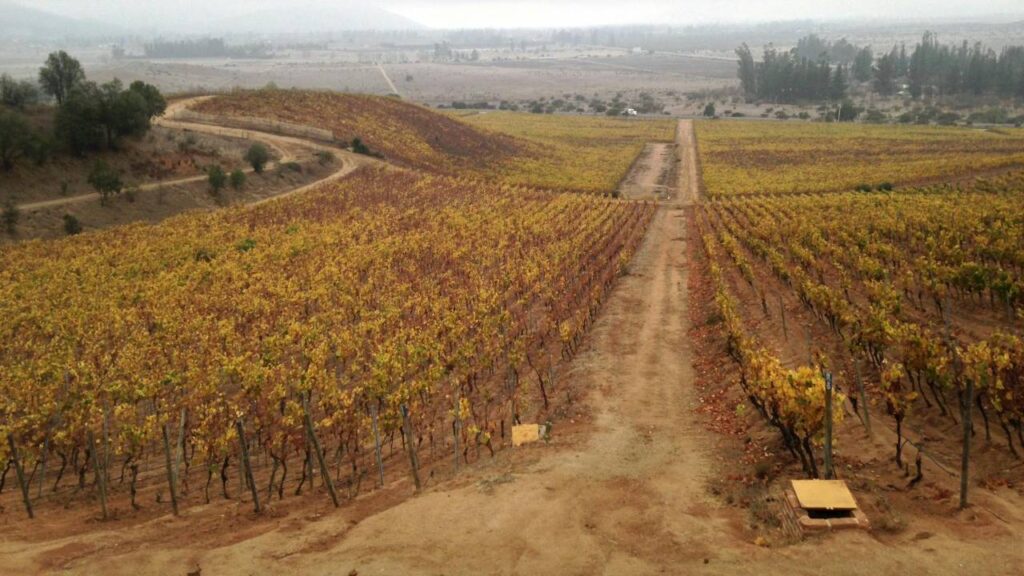
Chile produces 4.60% of the world’s wine, with vineyards stretching between the Andes and the Pacific Ocean. The Maipo Valley, just south of Santiago, is Chile’s oldest and most prestigious wine region, renowned for its bold cabernet sauvignons. Meanwhile, the Colchagua Valley is famed for its robust syrahs and malbecs. Thanks to Chile’s diverse climate and minimal rainfall, winemakers enjoy ideal conditions for crafting expressive, high-quality wines.
6. South Africa
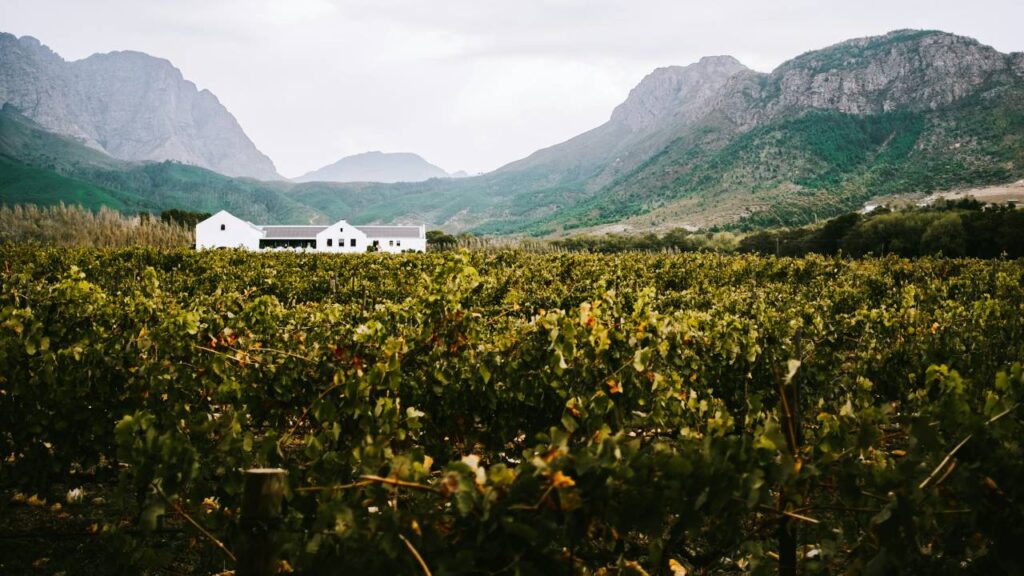
With 4.20% of global wine output, South Africa blends old-world wine techniques with new-world energy. The Western Cape, especially Stellenbosch and Franschhoek, offers stunning landscapes paired with full-bodied reds like pinotage and elegant whites like chenin blanc. The country’s coastal breezes and diverse soils help produce vibrant, food-friendly wines. South Africa’s wine tourism is top-notch, with world-class wine estates and restaurants drawing global visitors.
7. Australia
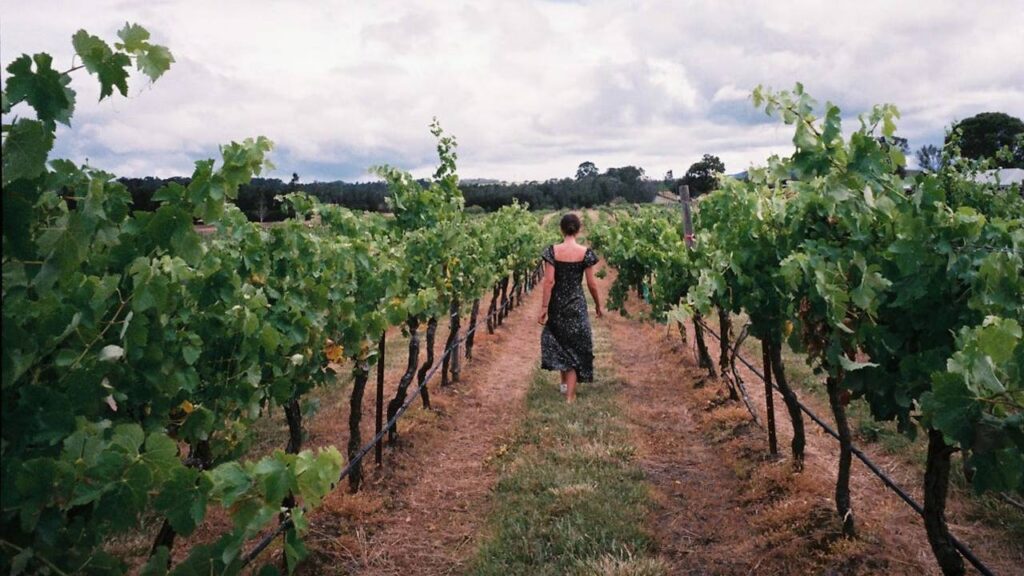
Australia produces 4.10% of the world’s wine, driven by regions like Barossa Valley, Hunter Valley, and Margaret River. Known for bold shiraz and crisp chardonnay, Australia’s innovative winemakers continually experiment with styles and sustainability. From dry inland vineyards to cool coastal estates, the country’s diversity shines in its offerings. Australian wine culture blends sophistication with a laid-back attitude, welcoming travelers for tastings and vineyard tours year-round.
8. Argentina
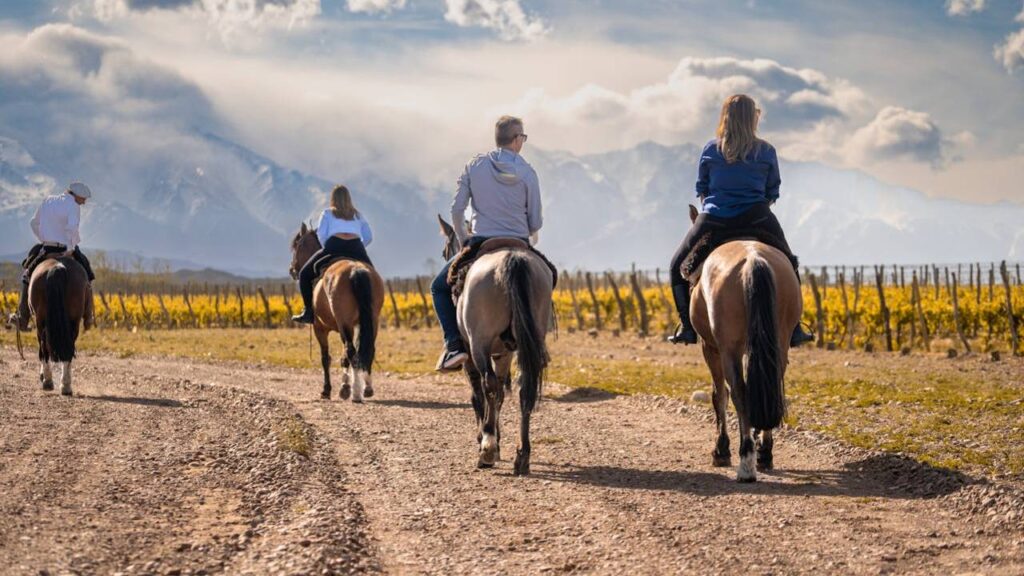
Argentina contributes 3.70% of global production, with the Andes-fed Mendoza region at its heart. Famous for malbec, Argentina’s high-altitude vineyards yield rich, deeply colored reds with velvety tannins. The country’s wine scene has expanded to include cabernet sauvignon, torrontés, and even pinot noir in Patagonia. With a vibrant wine culture and dramatic mountain backdrops, Argentina remains a bucket-list destination for red wine enthusiasts.
9. Germany
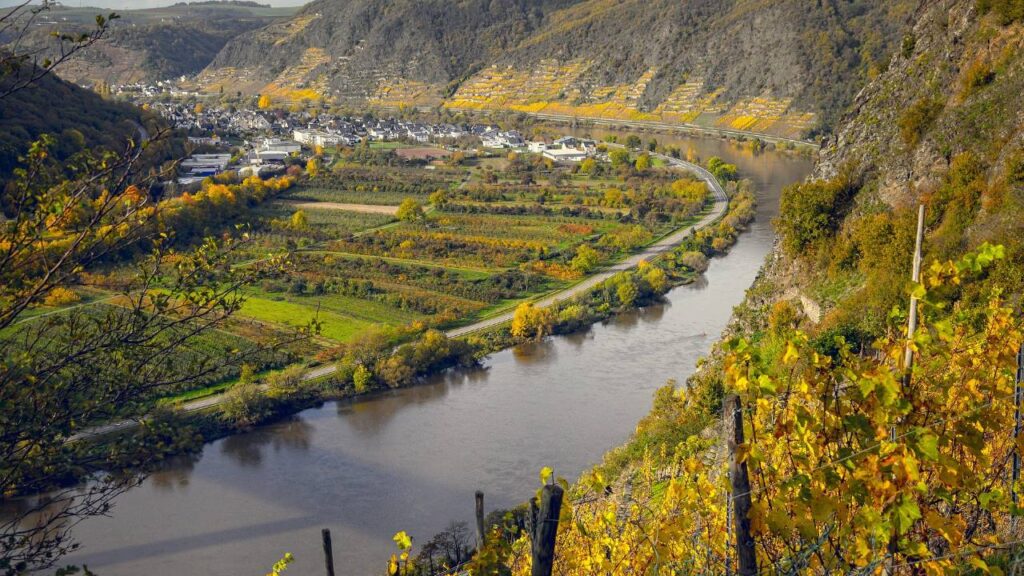
Germany produces 3.60% of the world’s wine and is celebrated for its aromatic whites, especially riesling. The Mosel, Rheingau, and Pfalz regions feature steep vineyard slopes and riverside towns that create postcard-perfect wine experiences. Despite its cool climate, Germany’s winemakers have mastered precise viticulture, delivering expressive, age-worthy wines. Red varietals like spätburgunder (pinot noir) are also gaining traction in both local and international markets.
10. Portugal
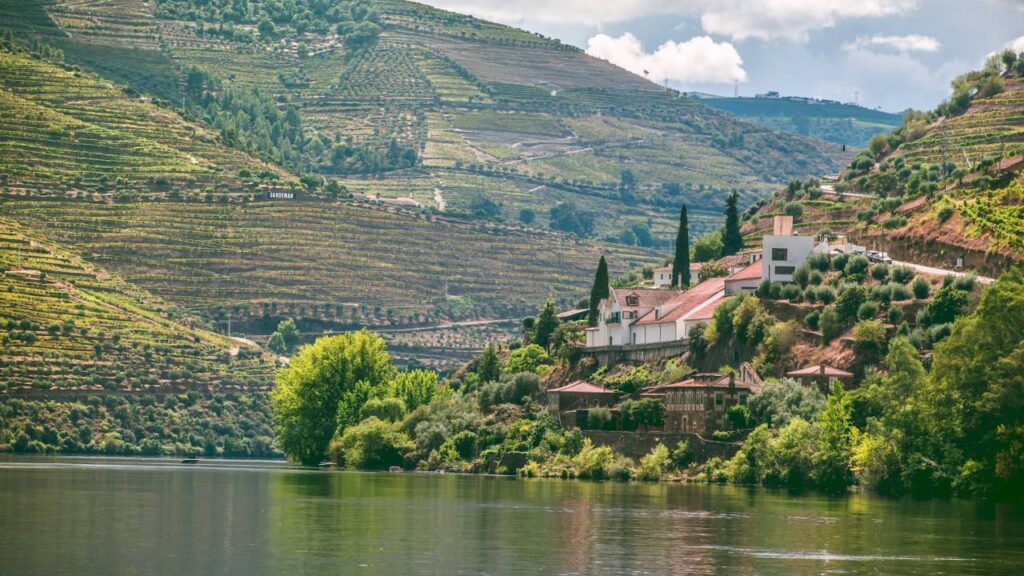
Portugal accounts for 2.80% of global production and is a hidden gem for wine lovers. Famous for port and vinho verde, Portugal’s wine diversity spans the Douro Valley, Alentejo, and the volcanic soils of Madeira. Native grapes like touriga nacional and arinto offer complex profiles rarely found elsewhere. Portugal’s small-scale wineries and intimate tasting rooms provide authentic experiences steeped in centuries of winemaking tradition.
11. New Zealand
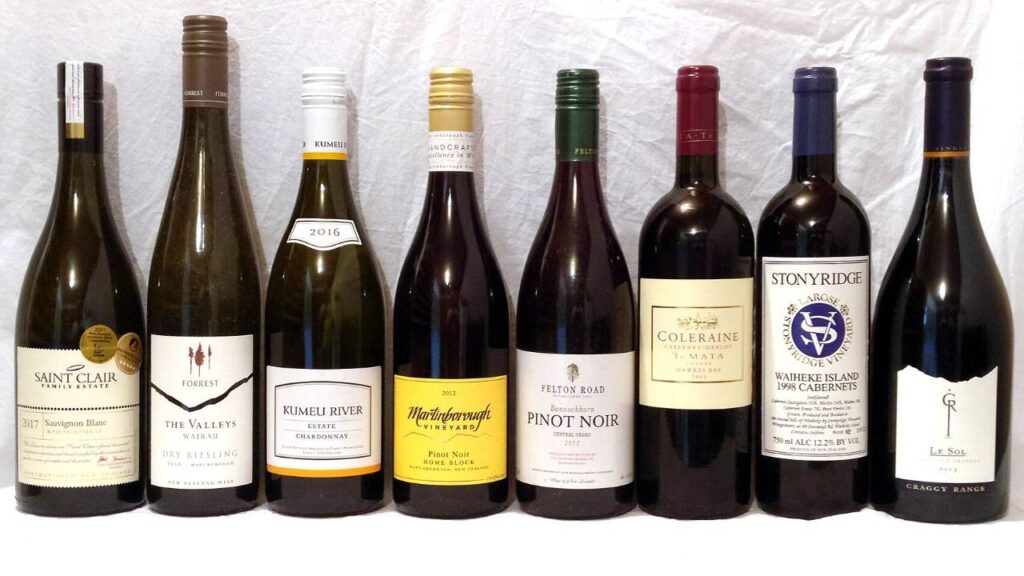
Though not among the top ten producers by volume, New Zealand’s global reputation is outsized. Its sauvignon blanc from Marlborough put it on the wine map, while regions like Central Otago produce world-class pinot noir. The cool, maritime climate allows for crisp, vibrant wines across varietals. With a focus on sustainability and expressive terroir, New Zealand is a must-visit for wine enthusiasts seeking purity and finesse in every pour.